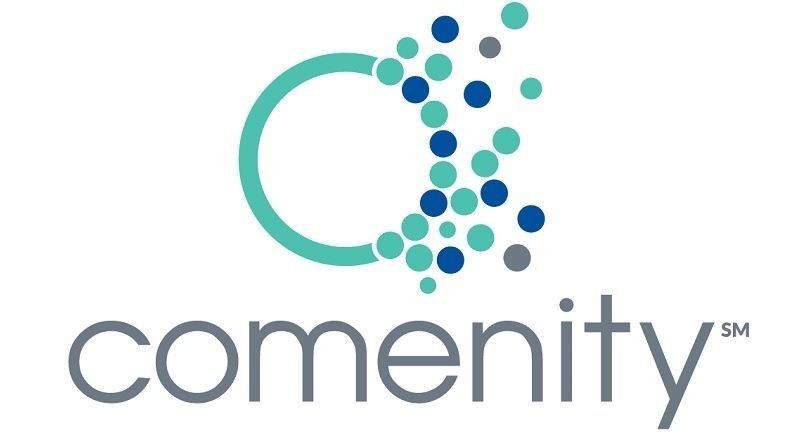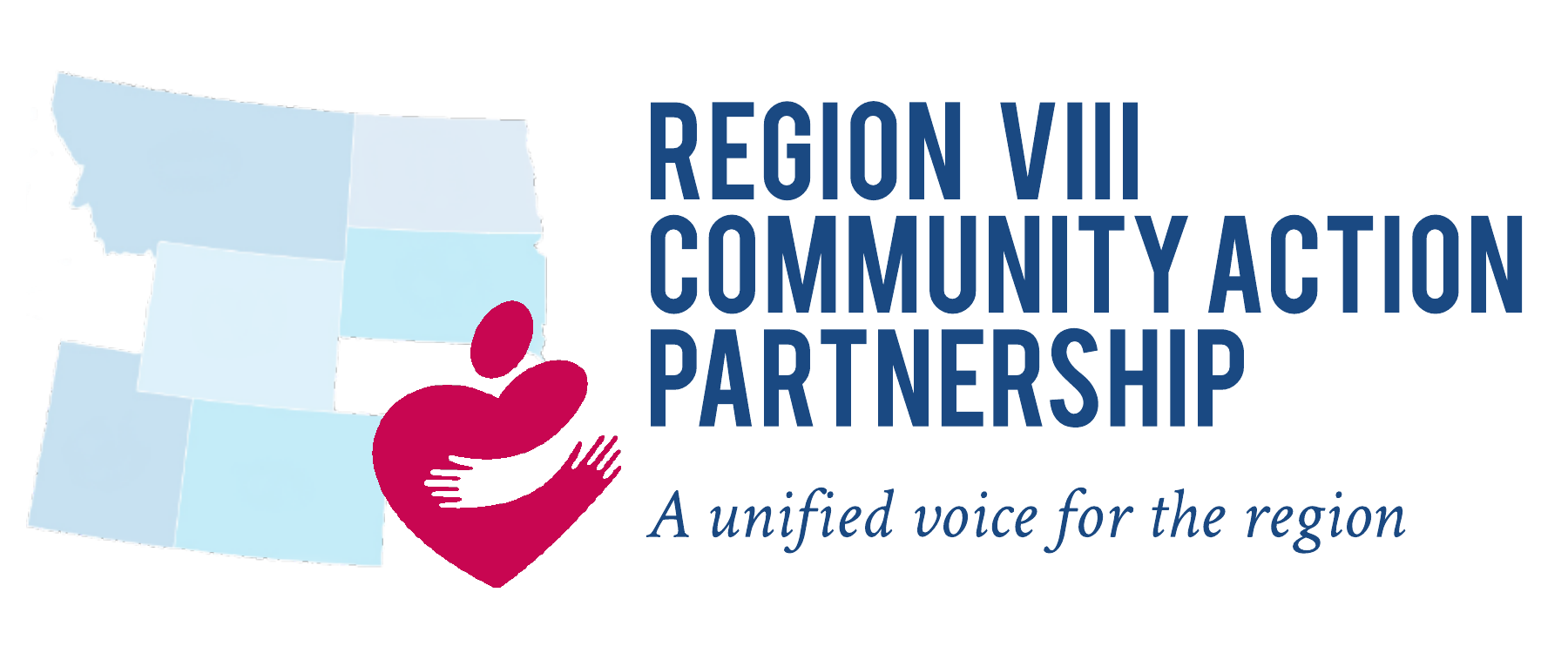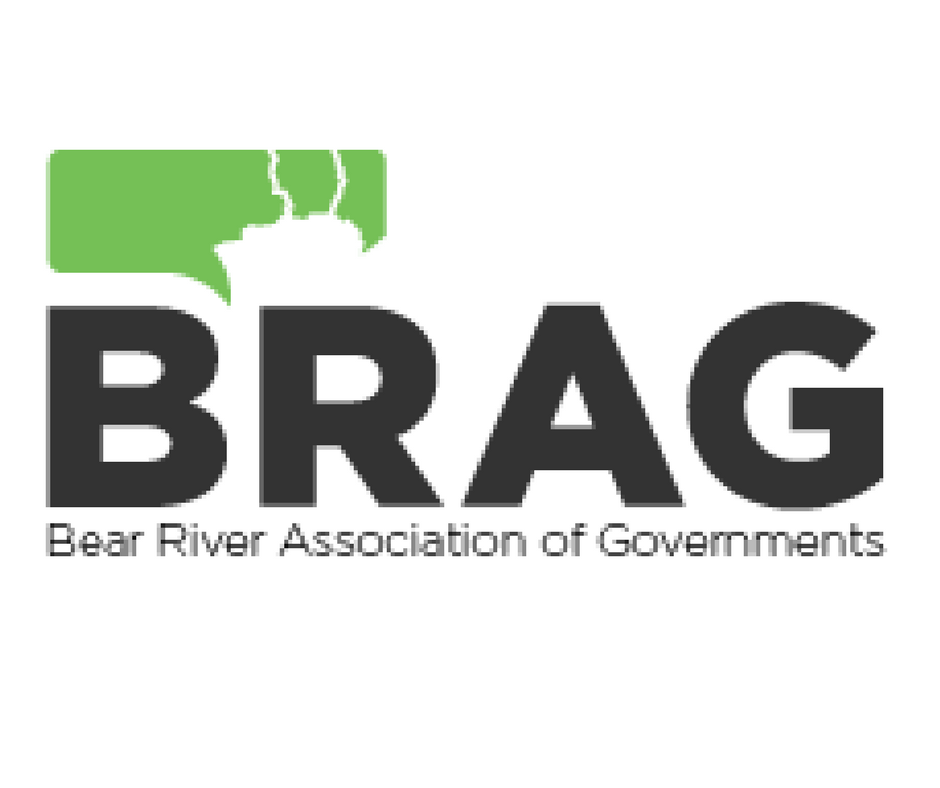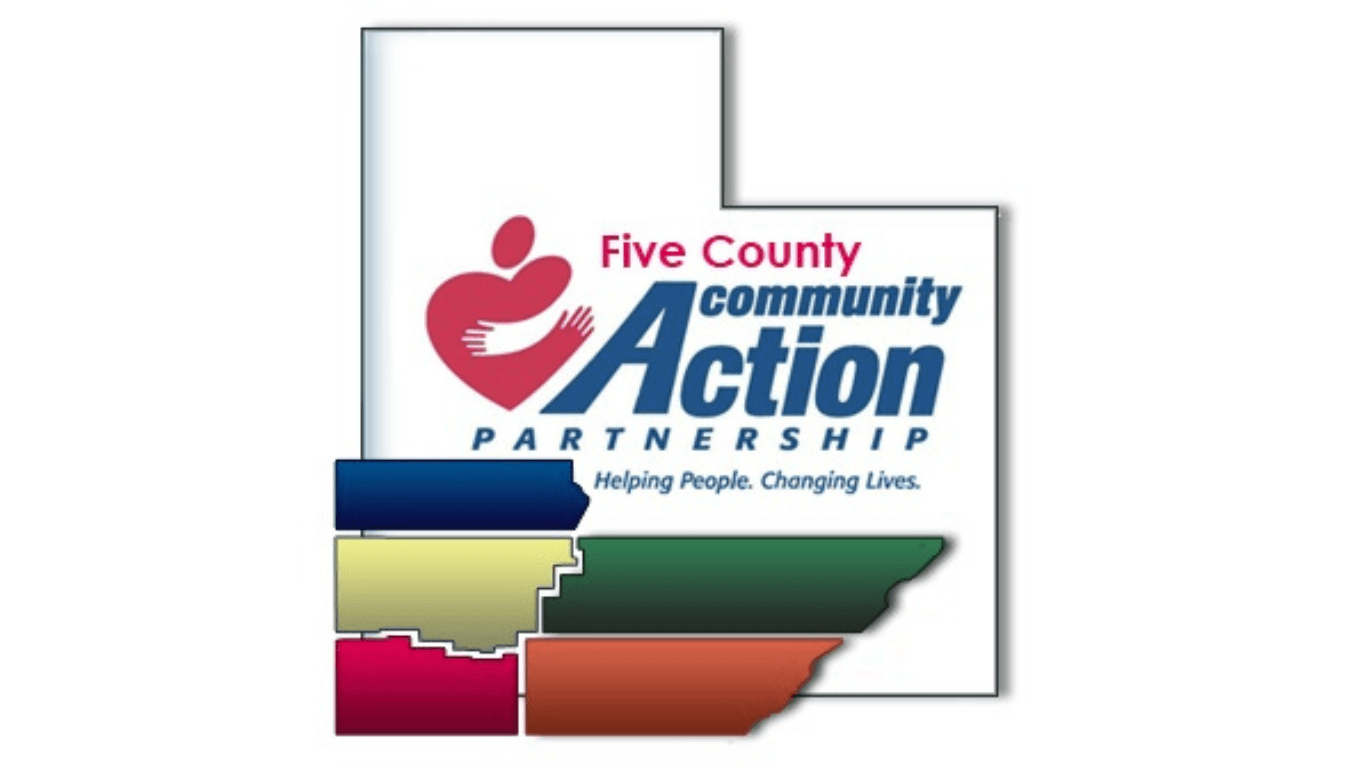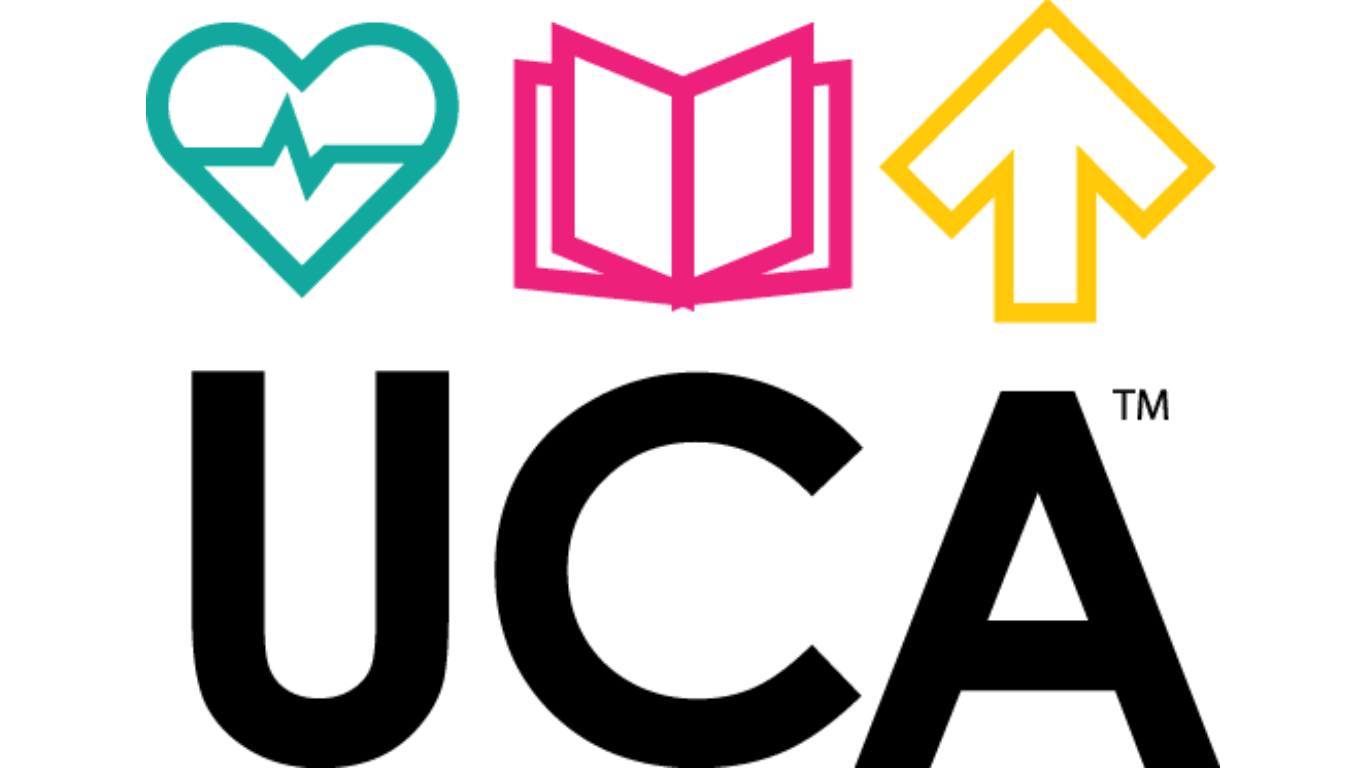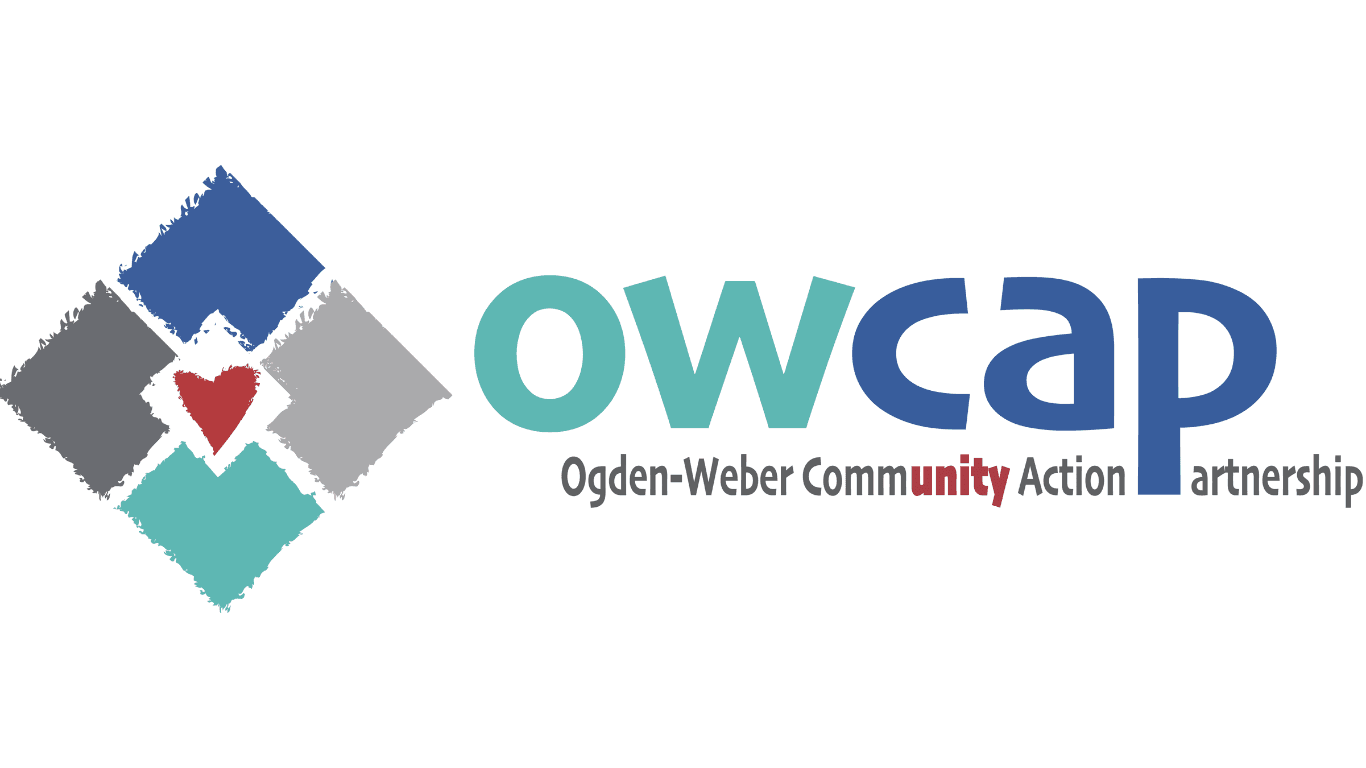MEDIA GUIDE SUGGESTIONS FOR CAP AGENCIES
CAP Utah has compiled the following recommendations to its members (Community Action Agencies in Utah) to use as resource when working with the media.
You can also click here to access a PDF version of these guidelines and they can also be found on the CAP Utah Resource Library (for staff at Community Action Agencies).
CREATING A MEDIA RELATIONS PLAN FOR YOUR AGENCY:
A Strategic Planning Communications Tutorial is one item developed by The SPIN Project. Strategic communications is an art – the art of presenting ideas clearly, concisely, persuasively and systematically in a timely manner to the right people. Strategic communications is about maximizing available resources and positioning your organization to be proactive instead of reactive. It’s about advancing your mission and actualizing your vision.
HOW TO AVOID NEGATIVE MEDIA ATTENTION
- Be careful on what information is released to clients, especially difficult clients. You do not want an angry client driving the narrative of your agency.
- Ensure that all staff are familiar with approved problem-solving methods (such as grievance procedures) and are following protocol. Make sure staff know the agency’s media-relations plan.
- Listen to client concerns. A fundamental principle of Community Action is that those living in poverty have the right to be engaged in the process – even difficult clients.
- If clients complain that it takes too long to receive a call back, that information should inform discussion on capacity, policy, staff training, funding applications/budgets, and/or strategic plans.
- Customer input is also an important component of demonstrating compliance to the Organizational Standards.
- Involve funders at the get-go. For instance, any press that work with funding sources from the Utah Department of Workforce Services (rental assistance, HEAT, etc.) should be coordinated with agency.
- For DWS – HCD, please contact:
- Christina Davis
- christinadavis@utah.gov
- 801-638-8280
- For DWS – HCD, please contact:
- Ask to review the story before a story is published
HOW TO RESPOND TO NEGATIVE MEDIA
Dos:
- Ensure anything you say during interviews, off-site meetings, phone message recordings, or social media posts (even your personal account) reflects your agency’s messaging. These can be attributed back to your name and agency as a whole.
- Be aware that nothing is “off the record,” even if a reporter might tell you it is. Everything you say can be used publicly.
- Base comments on fact.
- Correct any inaccuracies. Any issues with media conversations can only be minimized or corrected if they are made known.
- If you feel there might have been an interaction or comment made that may need any sort of damage control, please let partners know immediately.
Don’ts:
- Never discuss any strategies, funding requests, client information, or partner information
- Never disparage others who are providing the same services.
- Never divulge confidential agency information. Likewise, do not comment on director business trips, plans or meetings.
- Never speak about sensitive topics such as politics, culture, religion, or race. Likewise, never comment on government policies, whether directly or indirectly. These should be expressed in media releases that can be referred to.
- Never comment on issues outside of your field of work or expertise.
- Never share any information or statistics with media or analysts that you can’t substantiate.
- Never agree with the interviewer’s comment or statistic unless you are absolutely certain that it is factually correct and something that supports the agency’s public image.
HOW TO GET YOUR STORY IN THE MEDIA
Journalists are always looking for a great story which includes:
- A problem and a solution: What’s the challenge you’re addressing and how are you addressing it?
- Human interest: In other words, more stories! Bringing the problem and solution to life through the powerful story of one person (or a family, or an animal, etc.) is the best way to capture people’s attention – and hearts.
- An element of emotion: Again, a story that elicits strong emotions in your audience will help them not only understand your work, but remember it – and take action.
- A call to action: What do you want your audience to do once they’ve heard your story? Support your mission in the community, donate, volunteer? Whatever it is, be clear about what you need and how people can take action to be part of the solution.



